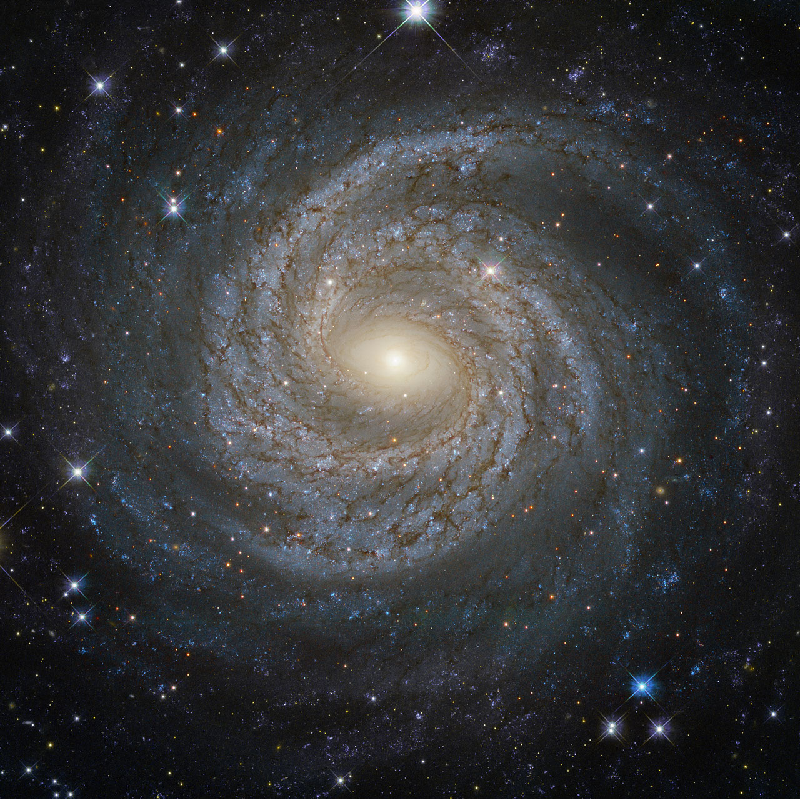Introduction
The radio broadcasting of music and talk intended to reach a dispersed audience started experimentally around 1905–1906, and commercially around 1920 to 1923. VHF (very high frequency) stations started 30 to 35 years later. (Wikipedia)
Radio waves travel at approximately the speed of light (186,000 miles a second). (Or 299,792,458 meters per second.) (Or 983,571,056 feet per second.)
The estimated diameter of the Milky Way is 105,700 light-years.
The earth is located about 25,000 light-years from the center of the Milky Way in one of the spiral arms.
The nearest large galaxy to the Milky Way is the Andromeda galaxy. It is 2,500,000 light-years from Earth and has a diameter of 220,000 light-years. Even at that distance, on a dark night it can be seen by the unaided eye.

commons.wikimedia.org/wiki/File:A_spiral_snowflake.jpg
Graphics Library
For this project, use graphics.py. It is a simple graphics library.
Click HERE
 for more information.
(download, install, documentation, ...)
for more information.
(download, install, documentation, ...)
Project #1
Who (little green men) can hear our radio signals?
Using a graphics library:
- assume we are looking down on the Milky Way
- draw circle representing the galaxy in the middle of a graphics window
- make sure the circle is big enough
- assuming we started broadcasting radio in 1920
- draw a circle representing how far the radio signals have traveled till now
- draw this circle scaled to the size of the galaxy
- draw it at the sun's location in the galaxy
Note: Draw everything to scale.
Project #2
Draw circles to represent the Milky Way galaxy and Andromeda galaxy. Draw the galaxies and the distance between them to scale.